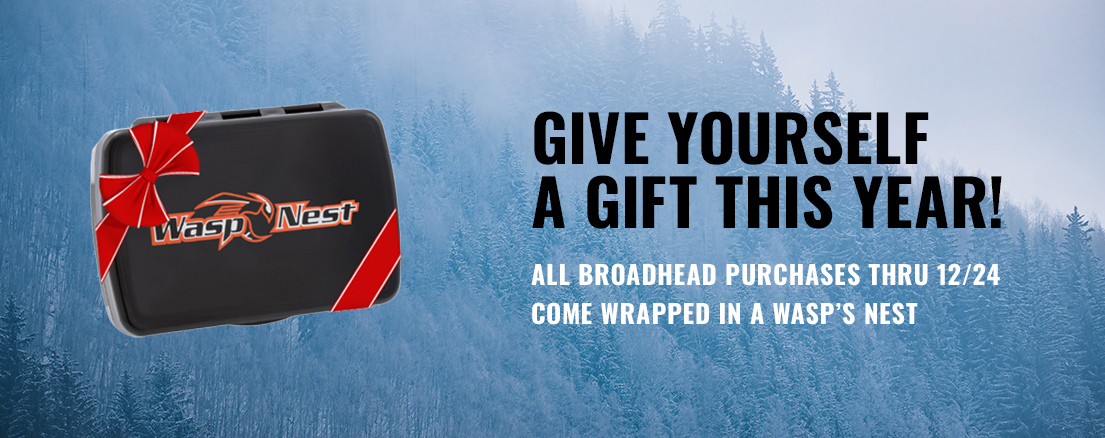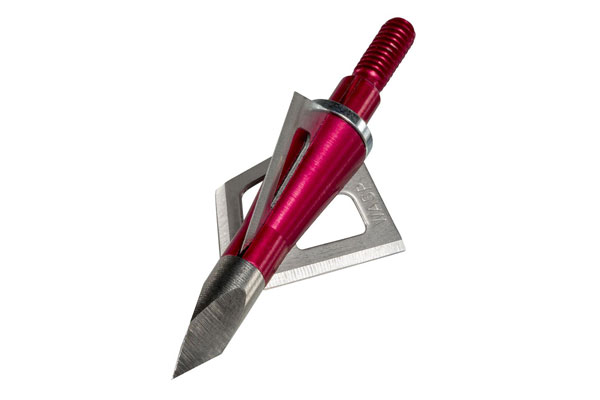Pre-Season Bow and Arrow Inspection
If you are pulling your bow out for the first time in months and getting ready for hunting season, take some time to make sure everything in proper order. Here’s a six-point bow inspection to determine everything is working safely and efficiently.
1. Check the Limbs
If your bow has been in the garage, attic or shed since last season, extreme high and low temperatures could have weakened the laminated limbs. It’s true today’s bows are tougher than ever, but you don’t want to risk a limb failure at full draw. Check for any signs of cracks, bubbles or splinters. If you find any signs of limb damage, take your bow to the shop before shooting it to have a tech look at it and what can be done. Also, try and store your bow in a climate-controlled environment whenever possible.
2. Check the Strings and Cables
The heat that can damage limbs can also do nasty things to your bowstring. Run the string through your fingers and look for frays, broken strands and nicks. There are also less obvious signs your bowstring has weakened or stretched: inspect the alignment of your peep sight and be sure the bow’s axle-to-axle length and brace height have not changed.
3. Check for Cam Rotation
A string can pass the visual inspection, but can still be stretched. Even a little stretch can cause the cam(s) to rotate and disrupt proper cam timing. Cam rotation will also shift your peep sight alignment and nocking point. This is a big cause of poor broadhead flight, but it can be fixed by twisting the string to create more tension on the limbs and cams. If you have the knowledge and tools, you can fix these issues yourself. However, taking your bow to a reputable pro shop where a technician can get your bow back to factory specifications is recommended.
4. Check all screws and bolts to ensure they are tight
5. Be sure your rest is still aligned with the center shot of your bow
The center shot relates to the perfect alignment of the arrow rest to the bowstring’s nocking point. A poorly aligned center shot will cause an arrow to fishtail as it is launched from the bowstring.
6. Check Arrows
First, make sure you are shooting the right arrow. If you increased your draw weight since last season, your arrow may be under-spined. If you decreased your draw weight, it may be too heavy. Go to the manufacture’s website, plug your numbers into the selectors and make sure you are still shooting the best arrow for your setup.
If you are using the same arrows, look for cracks in the shaft, make sure nocks are aligned and secure and fletching/adhesive is in good shape. Finally, spin-test each arrow to be sure they haven’t warped.
If your bow and arrows pass the inspection, apply some bow wax to the string and lube the moving parts of cams and axles. Some of the newer bows seal the bearings, so check with the manufacturer first.
Once you’ve completed your inspection and fix any issues, hit the range. You will be more accurate and confident knowing you are working with a full deck of cards.
View All Posts

